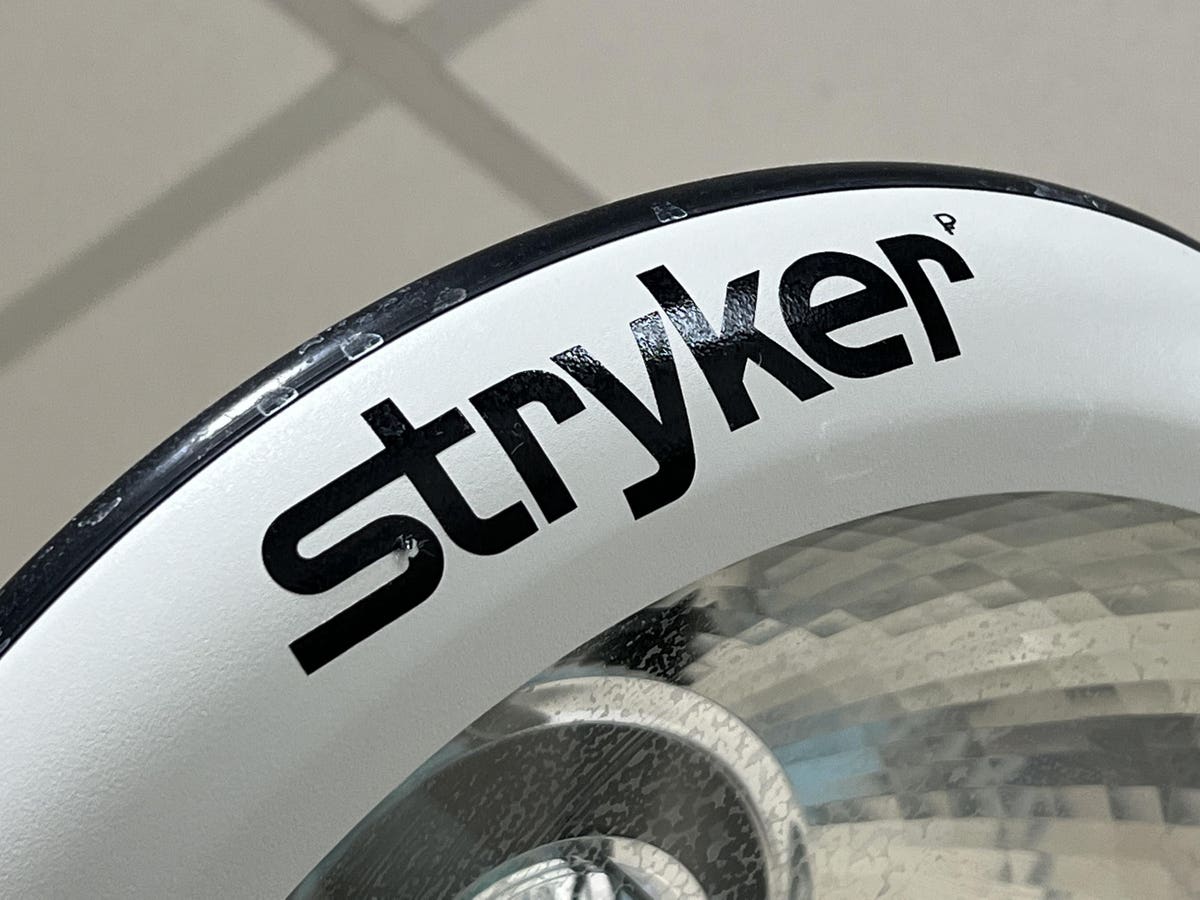We believe Stryker stock (NYSE: SYK) is a better pick in the Medical Devices industry than Baxter stock (NYSE: BAX), given its better prospects. Although SYK trades at a superior valuation of 5.5x trailing revenues vs. 1.4x for BAX, this gap in valuation makes sense to a large extent, given the former’s better profitability and financial position, as discussed below.
Looking at stock returns, SYK has fared much better with 13% returns this year vs. -20% returns for BAX and 9% gains for the broader S&P500 index. There is more to the comparison, and in the sections below, we discuss why we believe that SYK will offer better returns than BAX in the next three years. We compare a slew of factors, such as historical revenue growth, returns, and valuation, in an interactive dashboard analysis of Stryker vs. Baxter: Which Stock Is A Better Bet? Parts of the analysis are summarized below.
1. Baxter’s Revenue Growth Is Better
- Baxter’s revenue growth has been slightly better, with a 10.2% average annual growth rate in the last three years, compared to 7.8% for Stryker
SYK
- Stryker’s revenue growth has been driven by new product launches, such as – Surgi-Count+ – a surgical sponge counting system, Insignia Hip Stem, Power-PRO 2 ambulance cot, and Vecta 71/74 aspiration system, among others. Of late, it has seen a rise in volume for both of its segments – MedSurg & Neurotechnology and Orthopedics and Spine.
- Stryker’s revenue growth has also been buoyed by the acquisition of Wright Medical, a medical device company, in late 2020, and Vocera Communications – a company focused on communications systems for the healthcare industry – last year.
- Baxter’s sales growth has been led by increased demand for its advanced surgery products. In December 2021, Baxter completed the Hillrom acquisition, which added connected care offerings, including Smart Beds and patient monitoring products, to Baxter’s existing portfolio of the acute, nutritional, renal, hospital, and surgical care products.
- However, Baxter’s 2023 guidance of low single-digit sales growth, and earnings falling to $2.92 on a per share and adjusted basis at the mid-point of its guidance, didn’t sit well with the investors. The company’s management cited external macroeconomic factors and supply-chain constraints for the lower guidance.
- Our Stryker Revenue Comparison and Baxter Revenue Comparison dashboards provide more insight into the companies’ sales.
- Looking forward, Stryker’s revenue is expected to grow faster than Baxter’s over the next three years. The table below summarizes our revenue expectations for the two companies over the next three years. It points to a CAGR of 7.2% for Stryker, compared to a 3.6% CAGR for Baxter, based on Trefis Machine Learning analysis.
- Note that we have different methodologies for companies negatively impacted by Covid and those not impacted or positively impacted by Covid while forecasting future revenues. For companies negatively affected by Covid, we consider the quarterly revenue recovery trajectory to predict recovery to the pre-Covid revenue run rate. Beyond the recovery point, we apply the average annual growth observed three years before Covid to simulate a return to normal conditions. For companies registering positive revenue growth during Covid, we consider yearly average growth before Covid with a certain weight to growth during Covid and the last twelve months.
2. Stryker Is More Profitable
- Stryker’s operating margin has slid from 18.2% in 2019 to 15.4% in 2022, while Baxter’s operating margin declined from 15.0% to -15.5% over this period.
- Looking at the last twelve-month period, Stryker’s operating margin of 16.5% fares much better than -15.6% for Baxter.
- This sharp decline for Baxter can be attributed to an impairment charge of $3.2 billion on the goodwill related to the Hillrom acquisition.
- Our Stryker Operating Income Comparison and Baxter Operating Income Comparison dashboards have more details.
- Stryker’s free cash flow margin of 15.1% is higher than 9.8% for Baxter.
- Looking at financial risk, Stryker fares better with its 12.5% debt as a percentage of equity, lower than 79.8% for Baxter. However, Baxter’s 5.9% cash as a percentage of assets is marginally higher than 4.8% for Stryker, implying that Stryker has a better debt position and Baxter has more cash cushion.
3. The Net of It All
- We see that Stryker is more profitable and has a better debt position. On the other hand, Baxter has seen better revenue growth, is trading at a lower valuation multiple, and has more cash cushion.
- Now, looking at prospects, using P/S as a base, due to high fluctuations in P/E and P/EBIT, we believe Stryker is the better choice of the two, despite its higher valuation.
- If we compare the current valuation multiples to the historical averages, Baxter fares better, with its stock currently trading at 1.3x trailing revenues vs. the last five-year average of 3.2x. In contrast, Stryker stock trades at 5.4x trailing revenues vs. the last five-year average of 5.9x. Still, we believe Stryker’s better prospects make it a better pick.
- Our Stryker Valuation Ratios Comparison and Baxter Valuation Ratios Comparison have more details.
- The table below summarizes our revenue and return expectations for Stryker and Baxter over the next three years and points to an expected return of 20% for Stryker over this period vs. an 11% expected return for Baxter, based on Trefis Machine Learning analysis – Stryker vs. Baxter – which also provides more details on how we arrive at these numbers.
While SYK may outperform BAX in the next three years, the Covid-19 crisis has created many pricing discontinuities, which can offer attractive trading opportunities. For example, you’ll be surprised at how counter-intuitive the stock valuation is for Baxter vs. Copart
CPRT
What if you’re looking for a high-performance portfolio with a low downside instead? Here’s a reinforced value portfolio that has beaten the market consistently while limiting losses during periods of sharp market declines.
Invest with Trefis Market Beating Portfolios
See all Trefis Price Estimates
Read the full article here



